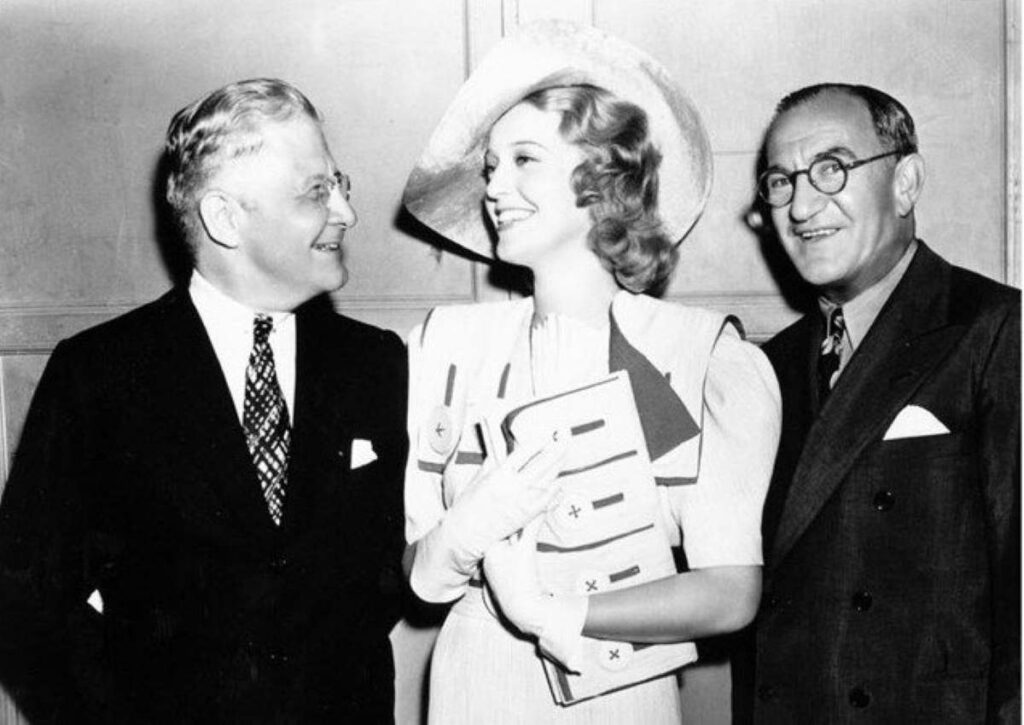"How do you eat in Russian?" - this phrase immediately gives the person away as a foreigner. Or a person who left Russia a long time ago and has begun to forget his native language. There are many children in our school whose parents were once emigrants. Or immigrants. What's the right word? If you are also confused, we can help you understand these words.
Let's dive into the history of where Russians came from in North America. How many of these families now live in the USA and Canada, and we will also tell you what useful things you can read for Russian immigrants on our blog.
Emigration or immigration - which is correct?

Both terms are correct. It's all about which side to look at it from. If a person left the country, he is an emigrant for the rest of us. And if he came to the country, he is an immigrant to the locals. It's as simple as that.
In addition, there are also expats. They differ from emigrants in that they do not leave permanently. That is, they can come for study or work, live in the country for a few years and return home. Or go somewhere else. Emigrants try to get fully acclimated to the new culture, learn the language and put down roots.
Where did the Russians come from in North America
As we know from history, the main periods of mass resettlement of Russians were in the 20th century. But emigrants from Russia were not only political. For example, Russian travelers. About Alaska we know, it is often recalled. And the fact that Russians lived in Hawaii is no longer talked about. True, not for long. By the way, there are still Russian fortresses there. Maybe the blood of Russian sailors still runs in the genes of some Hawaiians.
But, of course, it was in the 20th century that most of the Russian-speaking population left for the ocean. At the beginning of the century, political and economic reasons influenced this. The revolution in Russia forced more than a million people to leave. They went both to Europe and further to the United States and Canada. Some thought to wait out the crisis, others went into emigration, that is, forever. There are still many descendants of those emigrants in America, and they have long considered themselves Americans. By the way, in our blog you can stargazewhose great-grandfathers emigrated at the time.
It was not easy to go abroad in the Soviet Union. If a person was considered "unreliable," he or she was simply not given a visa. Therefore, those who deliberately wanted to leave the country had to find different ways. Often illegal. Or cultural workers left on a business visa and asked for political asylum.
After the opening of the borders in the 90s, there was a flood from the new Russia to the USA and Canada. There was a global restructuring of all processes in the country, and ordinary citizens had to simply survive. New Russian emigrants left to find work and get stability. And many succeeded.
How Russian immigrants founded an American movie empire


Did you know how Hollywood in the United States and the Russian town of Rybinsk in the Yaroslavl region are connected? Well, it's the late 19th century. In the city lives a Jewish family named Sheinker. The family has seven children, including two brothers, Nicholas and Joseph. At some point, the parents decide to move the whole family to the States. In the new place, they begin life under the last name Schenk. And Nicholas and Joseph become Nicholas and Joe.
When they became adults, they both got into the movie business. Do you remember the splash screen before American movies with the lion? That was created on the Schenk set. Both brothers had a hand in developing two of America's largest movie studios, 20th Century Fox and Metro Goldwyn Mayer. And on the Walk of Fame in Hollywood there is a nameplate of one of the brothers - Joe Schenk.
By the way, in Rybinsk they remember their famous compatriots. The house of the family before emigration has been preserved there, with a commemorative plaque on it. The city also has a museum about another famous family - the Nobels (they also contributed to the development of the city). A special place in this museum is dedicated to the history of the Sheinker family.
Russian emigrants in the United States and Canada today


How many Russian speakers live in America today? About 3.5 million. This includes all immigrants who speak Russian and consider it their native language. And these are not only Russians, Ukrainians and Belarusians. By the way, the most Russian-speaking people live in California. There are almost 330 thousand of them. The second place is occupied by New York. About 320 thousand live there. Among the leaders is also the state of Florida, where about 190 thousand people live.
Canada. The Russian community here numbers half a million people. Russian Canadians settle mainly in the major cities of Toronto, Vancouver and Montreal.
Of course, immigrants have different difficulties when moving. But it is still easier for modern immigrants to settle down in a new country. On the Internet you can find many Russian-language forums where you can ask any question. Mothers organize their own communities, share links to stores, schools, babysitting contacts, and other parenting tricks.
One of the main concerns of Russian-speaking parents in the United States and Canada is how to teach their children Russian. After all, they grow up surrounded by English - at school, on the street, among friends. Teenagers especially are lazy. It is easier for them to switch to English than to strain to remember the right word in Russian.
For such children there are classes in our school. We help parents in this labor - to love Russian and learn to speak and read it.
Our teachers work with children from the age of 4 and help even the shyest of silent children to talk. All subjects at our school are taught in Russian. These are Russian, reading, math, chess, drawing, geography. You can try any class for free. Leave a request in the form below and our manager will contact you:







